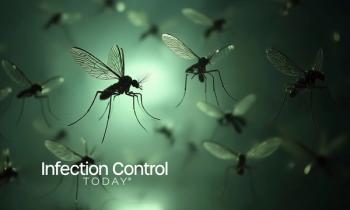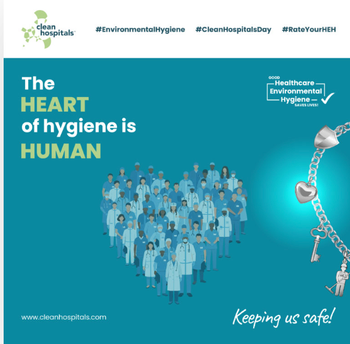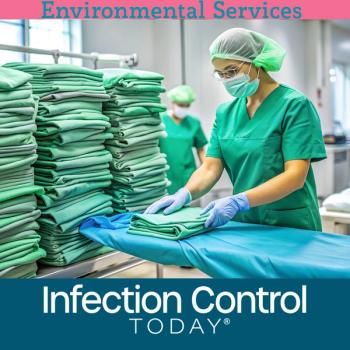
VigiLanz Offers Complimentary Installation to Meet 2013 NHSN Surveillance Standards
VigiLanz Corporation, a leading digital healthcare software- as-a-service (SaaS) provider, announces that it will provide complementary installation of its Vital Signs data interface for clients and prospective customers through year-end 2012 as part of the companys continuing efforts to help clinicians align VigiLanz real-time surveillance Applications with the latest approaches undertaken by the National Health Safety Network (NHSN).
NHSN has been working since 2009 to develop a more objective, reliable approach to ventilator-associated pneumonia (VAP) surveillance and has recently finalized a new method for surveillance of adult patients that will be implemented in January 2013.
The new approach by NHSN to ventilator-associated events, or VAEs, is relevant to acute care hospitals, long-term acute care hospitals and inpatient rehabilitation facilities, says Stacy Pur, VigiLanz product manager for infection prevention and quality care solutions. VAP surveillance has been very challenging, given its complexity and subjectivity. The new NHSN approach means providers will not be able to report in-plan VAP events occurring among adult patients when VAE goes live in 2013.
Pur said VigiLanz vital sign feed will position clinicians well with the new NHSN approach to VAE surveillance. The VigiLanz vital sign data import is a robust feed that includes all required VAE elements including PEEP, FIO2, temperature and much more, according to Pur.
Clients and prospective customers interested in the companys offer to install VigiLanz Vital Signs data interface on a complimentary basis will be made available to those who sign-up for the service prior to Dec. 31, 2012.
Â
Newsletter
Stay prepared and protected with Infection Control Today's newsletter, delivering essential updates, best practices, and expert insights for infection preventionists.





